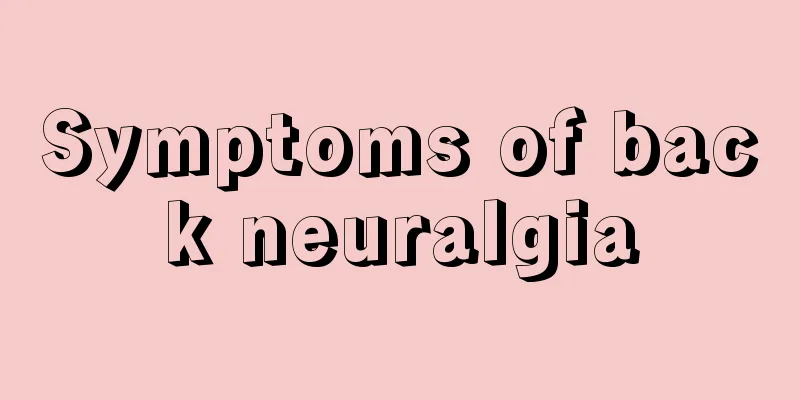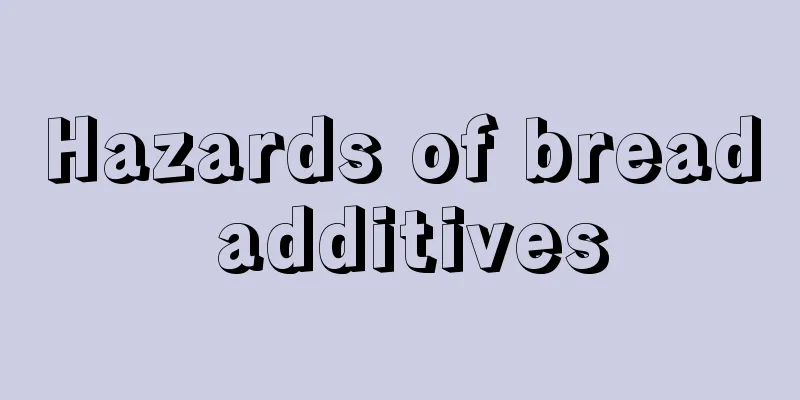The head shakes unconsciously_The head shakes slightly unconsciously

|
Among many elderly people, the head shakes unconsciously. When the head shakes slightly unconsciously, a thorough examination is needed. There are many situations that can cause this phenomenon, such as the early stages of Parkinson's syndrome or essential tremor. No matter what the situation is, for the elderly, they must pay attention to quitting drinking, engaging in reasonable and scientific exercise, and eating a light and nutritious diet. Involuntary head shaking often occurs in the elderly, and the most common causes are the following two aspects. The first cause is called essential tremor. Most patients have a family history, and a small number of people have sporadic cases. In addition to involuntary shaking of the head, tremors of the hands may also occur, and gait abnormalities rarely occur. Symptoms can be significantly improved after drinking a small amount of alcohol, which is one of the characteristics of essential tremor. The second reason may be the early manifestation of Parkinson's disease. As Parkinson's disease progresses, gait abnormalities and loss of facial expressions may occur. Therefore, if you experience involuntary head shaking, you should go to a regular hospital's neurology department for a check-up in time to identify the cause and then take targeted measures. Parkinson's disease symptoms include: 1. Posture and gait: The face is stiff, shaped like a mask; the head is tilted forward, the trunk is bent forward, and the elbows and knees are slightly bent; the walking steps are small, slow at first, and then faster and faster, with a tense gait, and the upper limbs do not swing back and forth. 2. Tremor: It is more common in the head and limbs, especially in the hands. The fingers show a coarse, stop-motion tremor. The typical manifestation is a "rubbing nine-like" tremor between the thumb and the bent index finger. As the disease progresses, the tremor gradually involves all limbs and even affects the trunk. 3. Muscle stiffness: The tension of both extensor and flexor muscles increases, and there is a gear-like or lead-pipe-like resistance feeling when forced to move, which are called gear-like stiffness or lead-pipe stiffness respectively. 4. Movement disorders: related to muscle stiffness, such as stiffness of the articulatory muscles leading to difficulty in pronunciation, and stiffness of the finger muscles making it difficult to take care of oneself in daily life, such as difficulty in daily life, washing, eating, etc. 5. Others: easily excited, with occasional paroxysmal impulsive behavior; increased excretion of sweat, saliva, sebaceous gland fluid, etc.; decreased dopamine and its metabolites in cerebrospinal fluid and urine. |
>>: Is a head fracture serious?
Recommend
What's the matter with the pain below the belly button
If you have pain below the navel, you should pay ...
What are the causes of esophageal cancer
So far, there is no definite cause of esophageal ...
Sunscreen isolation liquid foundation order
Sunscreen and isolation liquid foundation belong ...
What causes back pain due to cervical cancer
Lower back pain caused by cervical cancer require...
Which one has higher calories, cold noodles or rice
In the summer, because the weather is too hot, ma...
What is the reason for spots on the apple cheeks
Nowadays people pay much attention to their appea...
How to do a comprehensive job in preventing lung cancer?
Compared with other malignant tumors, lung cancer...
Can patients with gastric cancer give birth naturally?
Cancer is a serious disease. People of all ages c...
What are the symptoms of Qi and blood deficiency?
Everyone knows the importance of qi and blood to ...
Does nose bleed in late stage of nasopharyngeal carcinoma?
Does nose bleed in late stage of nasopharyngeal c...
What to do if the tooth decay pain makes you unable to sleep
If you were asked to describe your experience of ...
What are cholesterol and triglycerides?
Cholesterol and triglycerides are often heard in ...
What foods can kill pancreatic cancer cells
Many people think that snacking is a bad habit. I...
Can I drink Isatis root for a cold
Cold is a type of cold, and it is also a disease ...
What are the effects and functions of sea buckthorn seed oil?
What are the effects and functions of sea bucktho...









